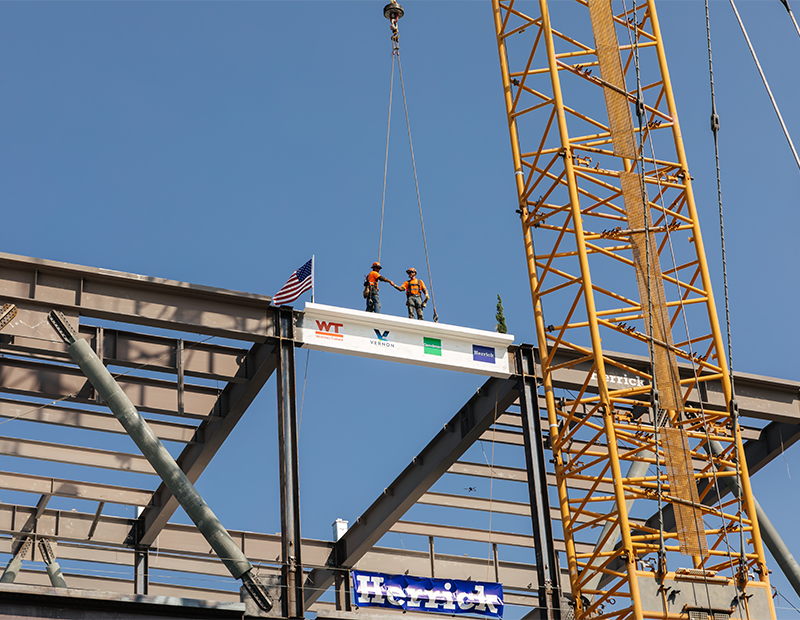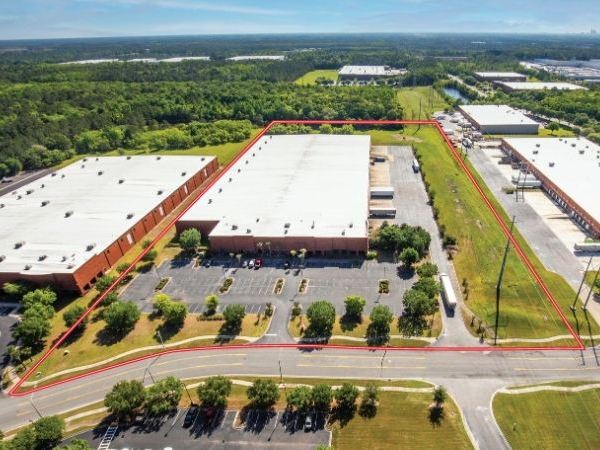Tenants Looking for a Sublease Can Take Their Pick
Fledgling companies and those looking for flexibility have a broader set of options today.
Following extensive pandemic-era lockdowns, the widespread appeal of working from home and an ongoing tenant flight to high-quality, amenity-driven space, the office subleasing landscape has changed dramatically. Over the past three years, available office sublease space has doubled from 92 million square feet of available space to 189 million by the first quarter of 2023, according to an April report from CBRE.
Half of this space remains vacant, and nearly a third of it measures more than 100,000 square feet. Leasing activity, however, has increased by nearly the same proportions, with 2019’s 16 million square feet of absorption growing to 28.2 million in 2022, according to the data. David Smith, head of Americas insights for Cushman & Wakefield, cited data pointing to a 25 percent to 28 percent increase over the last two-and-a half years.
Those trends, coupled with a sobering outlook for the office sector, makes the task of finding tenants to sublease space increasingly difficult. A key contributor has been tech layoffs and space downsizings from such companies as Google, Microsoft and Meta, accounting for 39 percent of the space on the market, according to Savills 2023 Tech Tenant report. This marks a 20 basis-point increase from the first quarter.
“By and large, it is the tech tenants that grew very quickly, and now they do not have as much need for the space,” said Matt Epple, development and brokerage partner at Weitzman’s Austin office. In March, Meta laid off more than 10,000 employees, and announced an additional 120,000-square-foot sublease at 300 W. Sixth St. in downtown Austin, Texas, according to KVUE TV.
Shrinking footprints
Second to technology is finance and insurance, followed by business and professional service firms. Like their digital brethren, the firms have found, in the wake of the pandemic, that they can get by with a lot less space. Michael Divaris, president of Divaris Real Estate, has observed this trend for call centers, an industry area which is among the top employers for remote work, according to a 2022 survey conducted by FlexJobs.
“What they have found is that they can have their associates work effectively from home, and as a result (have) tended to give up large blocks of space,” Divaris explained. According to the CBRE report, call centers account for about 25 million square feet of available space.
On the flip side, potential sublease customers tend to be in businesses that necessitate in-person work, as well as in high-performance commercial sectors. “Primarily, it is software companies, engineering firms that are doing construction of a new residential development, government agencies, as well as the biotech world,” commented Bill Ukropina, managing director of Coldwell Banker Commercial’s Pasadena, Calif., office.
Other industries seeking to sublease reflect larger trends across commercial real estate, particularly for industries related to e-commerce. Online sales for the sector jumped 66 percent from the first quarter of 2020 through the third quarter of 2022. “It’s not too surprising that sector has also been growing, alongside its need for office space to support its operations,” Smith observed.
Realigned terms
Like the broad array of firms putting their spaces on the market and those seeking to occupy them, the terms and arrangements of the subleases are complex. The challenges are tied closely to uncertainty about long-term shape of the office market. At present, the trends that drive subleases barely resemble those from just half a decade ago.
“What people are looking for and are able to get right now is a shorter lease, which has historically been more of a downside,” Smith noted. “Right now, it is actually a positive, where it gives tenants flexibility and they can make longer-term decisions down the road.”
One need shared by tenants across many industries is a near-term solution. Pre-furnished offices with smaller floorplates in high-quality buildings make an attractive combination. “It favors space that is turnkey, for submarkets and in locations where occupiers want to be,” Smith said.
On a material level, this translates to constant upkeep, reliable property management, as well as pre-furnished spaces. “A lot of tenants will offer their space fully furnished or with equipment in place, and in that regard they are able to attract tenants who need the space to be fully fitted out,” Divaris said.
Within these high-demand markets, the spaces serve as a way for tenants to both access the higher quality office and amenities in a given market, coupled with shorter, less binding leasing terms. “It’s a means to get into high-quality assets, and without (having) to make a long-term commitment,” said Gabriel De Jesus, a partner at Foundry Commercial’s Orlando, Fla., office.
In the fast-growing Orlando market, De Jesus has observed the majority of subleases taking place for spaces measuring 12,000 to 15,000 square feet, “at a 25 percent discount.” That’s true even for such Orlando submarkets as Winter Park, which has a 3 percent vacancy rate.
Deal discounts
Such discounted rents serve as another incentive for tenants at a time of high vacancy. “The rental rates that we are seeing now are very low, often half, or 60 percent to 70 percent lower than the building’s,” Ukropina reported. Tenants will consider the terms, as well as whether the configuration of the space meets their needs.
“If you can rent a room at the Ritz-Carlton for what you can rent a room for at the Best Western for a couple of years, you might do that,” Ukropina quipped. “But if it is only a one- or two-year term, and the landlord of the high-rise building wants to triple what you are paying on the sublease term, I am not so sure that they are going to do that.”
The competition for subleases has added further difficulties to challenges for Class B and Class C office buildings. According to the Cushman & Wakefield data, those properties account for a quarter of new subleases. “The problem is that the B and C office space is not attractive to the subleasing market, or even for a direct lease,” Divaris explained.
Part of this is due to the ongoing tenant flight to quality, as well as the less profitable outlook for Class B and Class C office subleases. “If you are looking for a value play for a B or C class building, you are most likely to do that through a longer term, and so a direct lease might make sense,” Smith advised.














You must be logged in to post a comment.